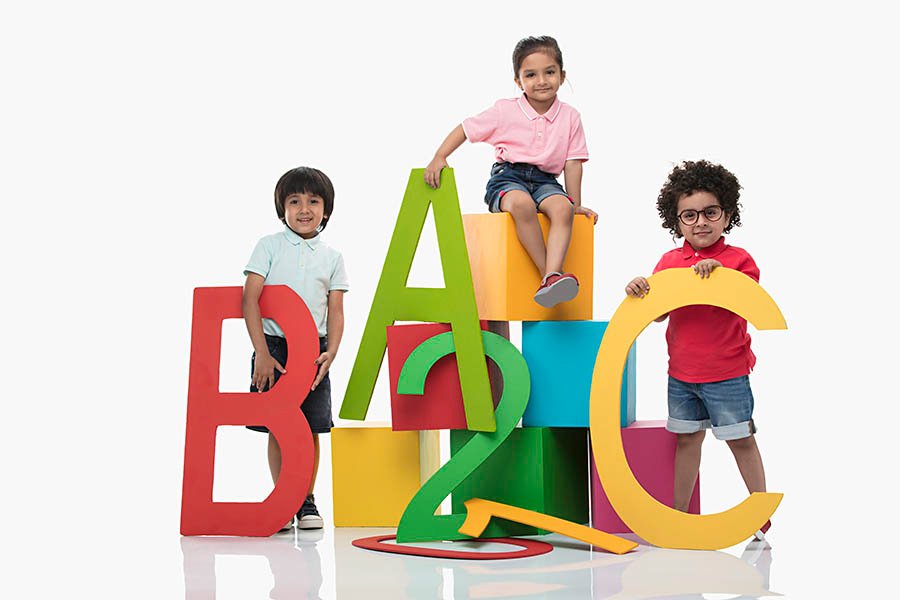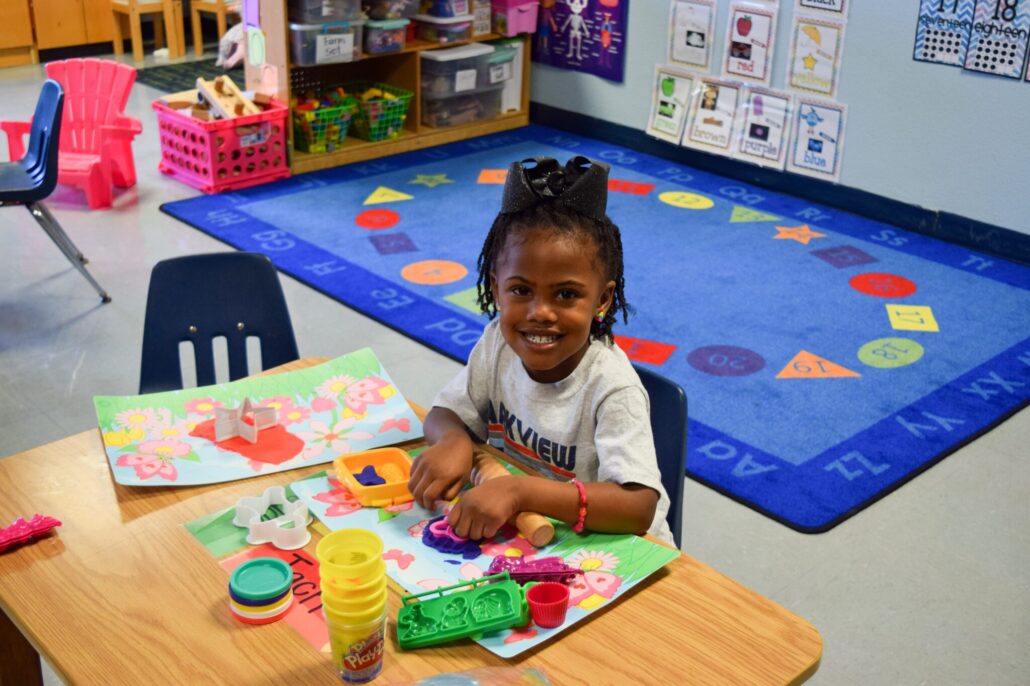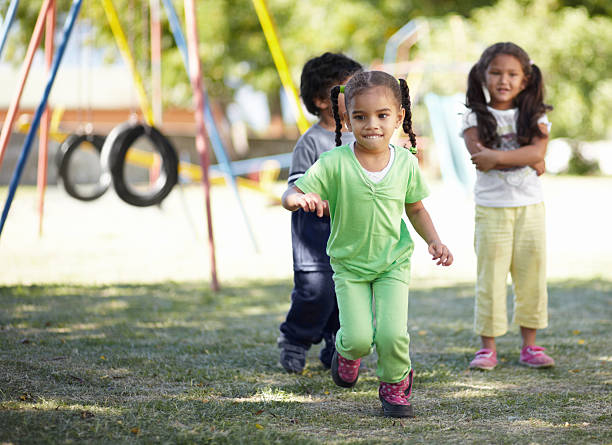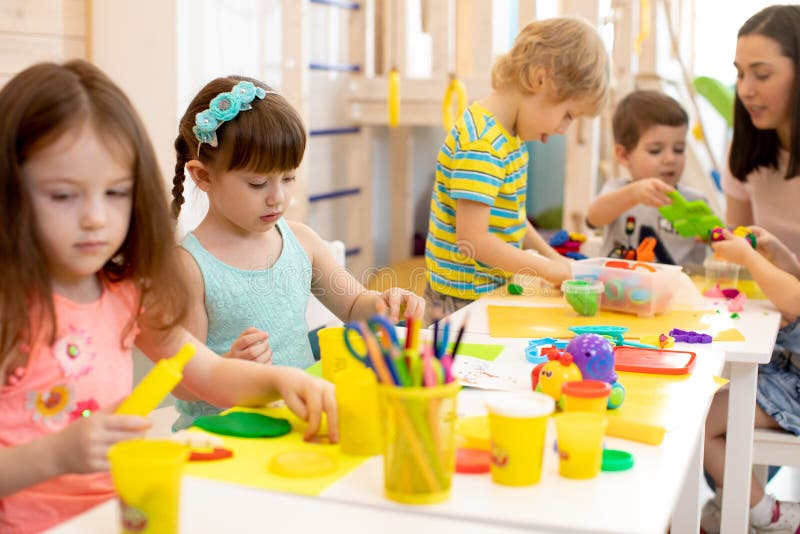
You may be wondering how to choose a preschool that is the perfect fit for your child and family. I certainly understand just how overwhelming that task can seem. These tips will guide you through deciding on a preschool that’s right for your family.
Even with all of my own experience in early childhood education, I remember agonizing over where to send my daughters to preschool. Of course, that agonizing decision led to years of teaching preschool with some amazing teachers.
I wanted to make things easier for my fellow parents, so here are 7 tips for how to choose a preschool that suits your child.
How to Choose a Preschool That’s a Good Fit
First, narrow down your options by looking at location, hours, and price. Every family is different, so these considerations will vary based on your needs. Once you’ve narrowed it down to a few preschools, schedule a tour. The first tour is best done without the kiddos so you can focus on observing and asking questions.
While you’re touring the preschool, keep these seven factors in mind. They will be instrumental in choosing a preschool that’s the best fit for your child.
1. STAFF
Of the items on this list, preschool staff is definitely the most important! Keep an eye out for:
How teachers interact with students.
Teachers should get down to the students’ eye-level when talking. It’s also important to see real conversations taking place between the staff and the children. This shows a real interest in what the children have to say, as well as a real interest in the kids themselves.
Staff who obviously care about the children.
This can be seen in so many ways when you’re touring a preschool. You should see smiles and hear laughter in the classrooms. The staff members should be really listening to the students. There should be lots of interactions between teachers and students, as well as between students and their peers. Hugs, high fives, and encouraging words are great indicators too.
Staff who like what they are doing!
This is much harder to ascertain just from observing. Talk to the teachers, if at all possible, and a love for teaching will usually shine through! Ask the preschool director about the school’s turnover rate. If many of the teachers have been there for years, that’s a good sign.
Staff who have received adequate training.
The preschool director should be able to provide information about CPR training for teachers, as well as what professional development the staff receives.

2. SAFETY
A plan in place.
Ask the preschool director about the school’s emergency plans, as well as the teacher-student ratios. Take a look at the playground while you’re touring, too.

3. ENVIRONMENT
Classrooms with child-sized furniture.
The kiddos need to be comfortable while their little brains are growing.
Space to move around the classroom.
The rooms don’t need to be huge, but they should be adequately sized for the amount of kids there.
Print-Rich Classrooms.
Look for words labeling parts of the classroom and lots of books. Watch for teachers writing down children’s stories and look for kid-made books. These are just a few ways to spot a print-rich environment.
Student work around the classroom.
Students’ art, writing, building creations, and pictures should be evident around the classroom. It should feel like a space that belongs to them.

4. COMMUNICATION
Communication between the school and the parents.
Ask the director about a school handbook, as well as their communication habits. A handbook fills parents in on what to expect from the school. Monthly newsletters, calendars, and emails may be some ways the school communicates with parents.
Individual communication regarding your child.
Find out how individual teachers communicate with parents. It could be via daily notes, weekly emails, or communication apps. Remember there’s no one “right” way, but it’s important to keep the classroom connected to the home.
5. BEHAVIOR MANAGEMENT
Clear expectations and follow through.
Be sure to ask the director what behavioral guidelines are in place in the preschool classroom. There should be age-appropriate expectations, along with clear rules and consequences. Additionally, ask about how the staff teaches children to solve problems with their peers.
6. CLASS SCHEDULE
Lots of time “just playing”.
Children learn through play, so this is incredibly important! How much time is built in for the children to do just that? Often, this is referred to as “center time” or “choice time”. It’s the part of the day when children explore tons of concepts in small groups — maybe they’re building in the block center, telling a story about wild animals in the arctic, or exploring their names.
Varied group sizes.
The children should have some time together as a class, often called “circle time” or “calendar time”. There should be time for teachers to share books with the children, as well as time for the children to play in small groups. Children should also have some small group or one-on-one time with the teacher.
Time to play outside.
The kiddos need to be playing, running, climbing, riding bikes, etc. outside each and every day!

7. CURRICULUM
A teaching plan.
Please keep in mind — a preschool curriculum does NOT need to be purchased from a store. However, the director and teachers should know the goals for each age group in the preschool. These goals should be appropriate for the kids’ ages.
Hands-on activities.
Again, children learn through play. Their little bodies need to be fully immersed in the learning. Children should be holding books, touching blocks, moving math manipulatives, listening to music, dancing, etc. They definitely don’t need to be sitting down and filling in worksheets day after day.
Includes all the details.
Music, arts and crafts, lots of books, real pre-writing and writing activities, language experiences, sensory play, science experiments, etc.! Obviously, every day doesn’t need to include every single topic. But the preschool curriculum should focus on well-rounded children!
I’m sure by now it’s obvious I have some definite opinions about how to choose a preschool! Hopefully I was able to help you focus your thoughts about picking the preschool that’s best for your child.
If you’re child’s already enrolled, how did you go about choosing a preschool? Are there any points you would add to my list? I’d love to hear your thoughts in the comments below.

0 Comments